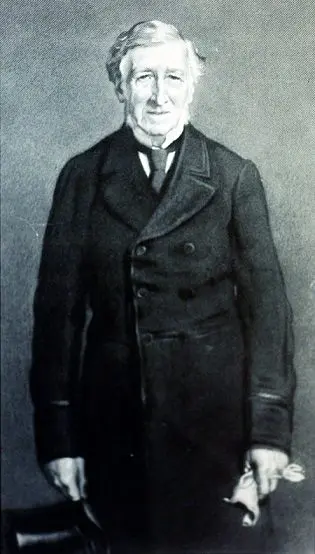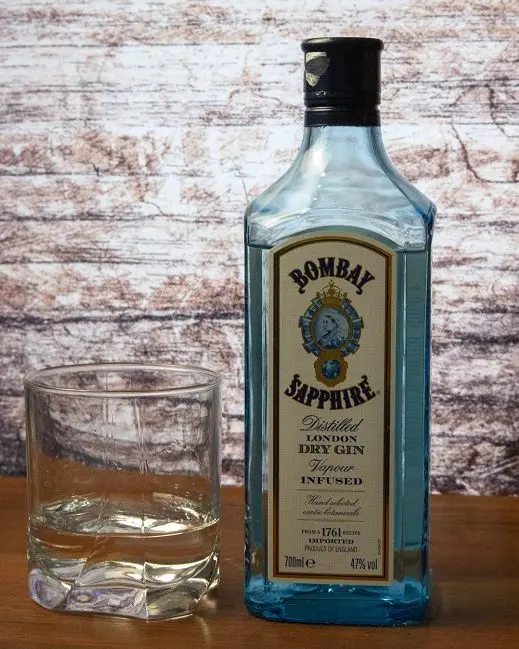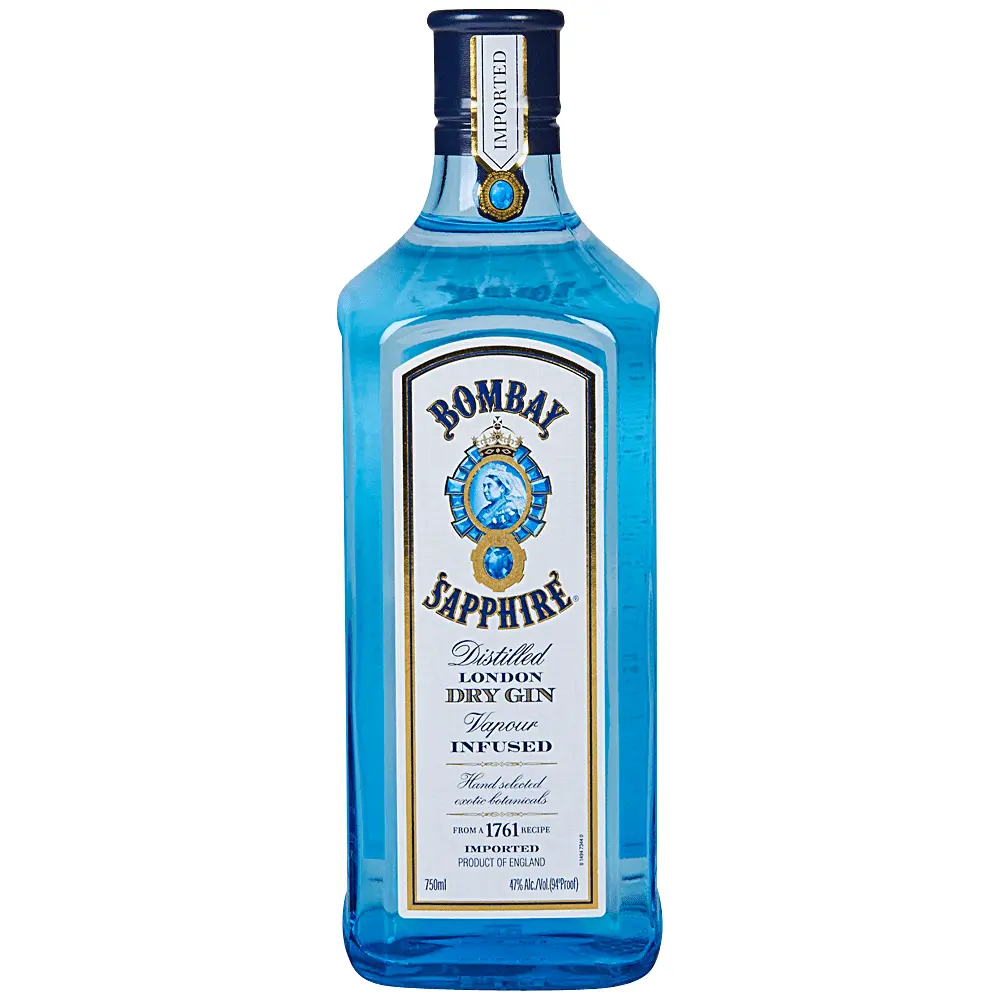Contents
Bombay Sapphire is a premium gin that has been repeatedly recognized as the best in its category by authoritative publications and industry experts. A drink according to an old recipe is produced by a plant in the English city of Laverstock. The company operates around the clock and annually produces 2,4 million liters of products. The brand is owned by Bacardi.
Historical information
The history of Bombay Sapphire dates back to 1761, when Thomas Dakin began producing gin according to the original recipe at a new factory built in the city of Warrington in the northwest of Great Britain. The place was located at the intersection of transport routes, which facilitated the delivery of exotic spices needed for production. The favorable location of the plant favored the development of trade relations.
Thomas Dakin managed to develop a high quality drink, which was fundamentally different from the products sold on the market. Warrington dry gin based on eight spices was in great demand among the middle class. The business prospered, and the recipe was passed down from the older generation to the younger.

In 1836, new distillation columns were installed at the plant. The engineers of the enterprise came up with the idea to drive alcohol vapors through copper baskets with vegetable raw materials. Thus, the drink was saturated with natural essential oils without loss of taste due to high-temperature processing. The revolutionary method was described in detail in the literature of the time.
Drink according to an old recipe called Bombay Dry Gin began to be produced in 1960. In the early 80s, the rights to the brand were transferred to Diageo. The firm decided to refine the recipe to create a premium gin. The chief technologist of the enterprise, Ian Hamilton, experimented with plant ingredients for a long time and eventually settled on two exotic types of pepper – Grains of Paradise and Cubeb Berries. Their addition brought floral and spicy notes to the drink, which greatly enlivened the taste.
The Bombay Sapphire gin is named after the famous Bombay Star sapphire that actor Douglas Fairbanks gave to his wife Mary Pickford. The color of the gemstone inspired the company’s designers to create a dark blue glass bottle, which has become a hallmark of the brand.
Gin appeared on the market in 1987 and became an instant hit. In 1997, Diageo’s management decided to sell some of the brands, and the rights to Bombay Sapphire were transferred to Bacardi.

Production features
The new plant on the site of the Laverstoke Mill opened in 2013. The equipment has become more advanced, but the recipe itself has not changed. The drink is produced on the basis of neutral grain alcohol, which is brought from France. The copper tanks were brought from the old factory in Warrington. Alcohol vapors pass through 21 baskets with plant components.
Raw materials are loaded into perforated containers manually. Large ingredients are placed at the bottom: angelica, juniper, lemon zest, coriander seeds and pepper. Topped with ground orris root, cassia, almonds and licorice. The vapor filled with essential oils enters the condenser, where it is cooled and again turns into a liquid. Each distillation takes about 10 hours. Subsequently, the spirits are mixed and sent by tankers to the plant in Warrington, where the gin is already bottled.
Interesting Facts
- The distillation copper tanks at the plant bear their own names. The old Tom and Mary tanks hold 3 liters and have been in operation since 1830. Two new cubes – Henry and Victoria – are designed for 12 thousand liters of alcohol.
- Bacardi holds an annual Bombay Sapphire Designer Glass Competition for the best glass design. The final takes place at an exhibition in Milan, where the jury selects the winner.
Characteristics of Bombay Sapphire gin, 47%
A clear-colored drink with a rich aroma of grapefruit and juniper. Despite the high strength, it is drunk quite easily. In its pure form, it has a complex and rich taste, in which coniferous, citrus, herbaceous, peppery and woody shades are mixed.

When mixing the drink with tonic, lavender and nutty tones are added. The manufacturer recommends using Bombay Sapphire in classic gin cocktails.









